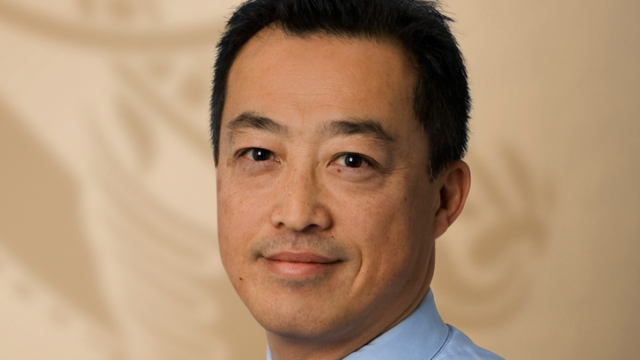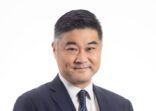While the Japanese economy has stagnated, investors should take a second look at Japan equities, according to Taizo Ishida, San Francisco-based portfolio manager at Matthews Asia.
GDP growth in Japan remains low – averaging at just around 1.5% in the last 10 years, he said, adding that he expects growth to be below 1% this year.
However, Ishida argued that macro-economic indicators do not reflect the financial health of Japanese companies, adding that domestic equities performed strongly this year.
“What is interesting is Japan equities were up nearly 20% in 2019,” he said in a recent interview with FSA.
Year-to-date, the Topix Index returned 18.58%, which is higher compared with the MSCI AC Asia-Pacific Index’ 16.02% performance, according to data from FE Fundinfo.
Ishida explained that corporate earnings have continued to grow in the past few years and have been a huge contributor in equity returns.
Previously, Norman Villamin, Zurich-based chief investment officer for private banking at Union Bancaire Privée, also highlighted the earnings potential of Japanese companies. From 2013-2018, earnings growth in Japan is around 50% faster than the US and Europe, he said.

“The earnings growth story of Japan is something investors don’t really know about,” Matthews Asia’s Ishida said.
“There is also not so much debt in Japanese companies, especially when you compare them with US companies, which are very leveraged today.”
However, Ishida did not say whether investors should expect the same kind of investment returns from Japan equities next year as they have in 2019.
“It is hard to say if we are going to have a 20%-type of year in 2020.”
But he continues to be positive on the asset class.
“Earnings is still growing, and I expect it to be around 7.5% next year.”
A preference in growth
Ishida, who co-manages Matthews Asia’s Japan strategy, prefers companies with high growth rates.
“I like investing in companies that could grow 10 times its size in 10 years,” he said.
Without mentioning any names, Ishida recalled a time when he invested in a firm that focused on baby products.
“Back in 2006 – when I first joined Matthews Asia – we decided to invest in this company. Obviously, there are not that many babies in Japan, so what they did was they grew out their business and expanded to China.
“Because of that, their profits grew a lot and went from a $250m company to a $6bn enterprise a few years back.”
Given his bias toward growth companies, he added that he likes management who have a clear vision of how they will be competing against both domestic and global players.
“Some of the newer companies now want to go global and can quickly identify who they will be competing with long-term.”
Most growth-oriented companies are smaller companies, he noted. Ishida’s Japan strategy, which has around $416m in assets invested in 50-60 names, has huge overweights on small-cap and mid-cap companies relative to the MSCI Japan Index, according to its fund factsheet.

In terms of sectors, Ishida finds that most growth companies are in the consumer, information technology and healthcare industries, he said.

Improving corporate governance?
Separately, Ishida gave his views on corporate governance in Japan, as its government introduced a stewardship code and a corporate governance code in 2016 in a move to better protect shareholder interests. For example, the adoption of the stewardship code was expected to improve dividend return policies.
While Ishida believes that corporate governance has improved, he said that there is still more room for improvement, especially with dividend payouts.
“On average, the payout rate is still low – at around 30% – which is lower than the payout in OECD countries or even some emerging markets.
“While governance is improving, adoption is not that fast, especially for the larger companies,” he added. According to him, some companies still have no female board members and only a few have added external directors to their board.
The Matthews Asia Japan Fund versus its benchmark index and sector in Hong Kong


















